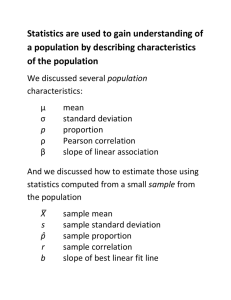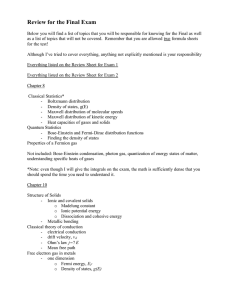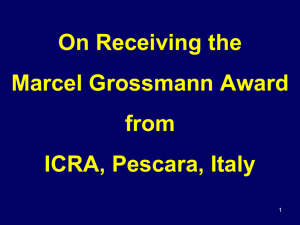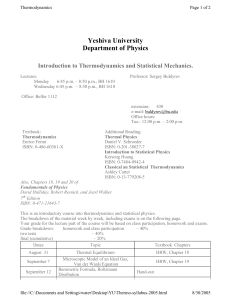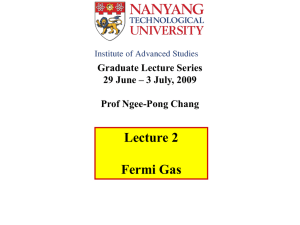The Significance of a Square-Root Rule
advertisement
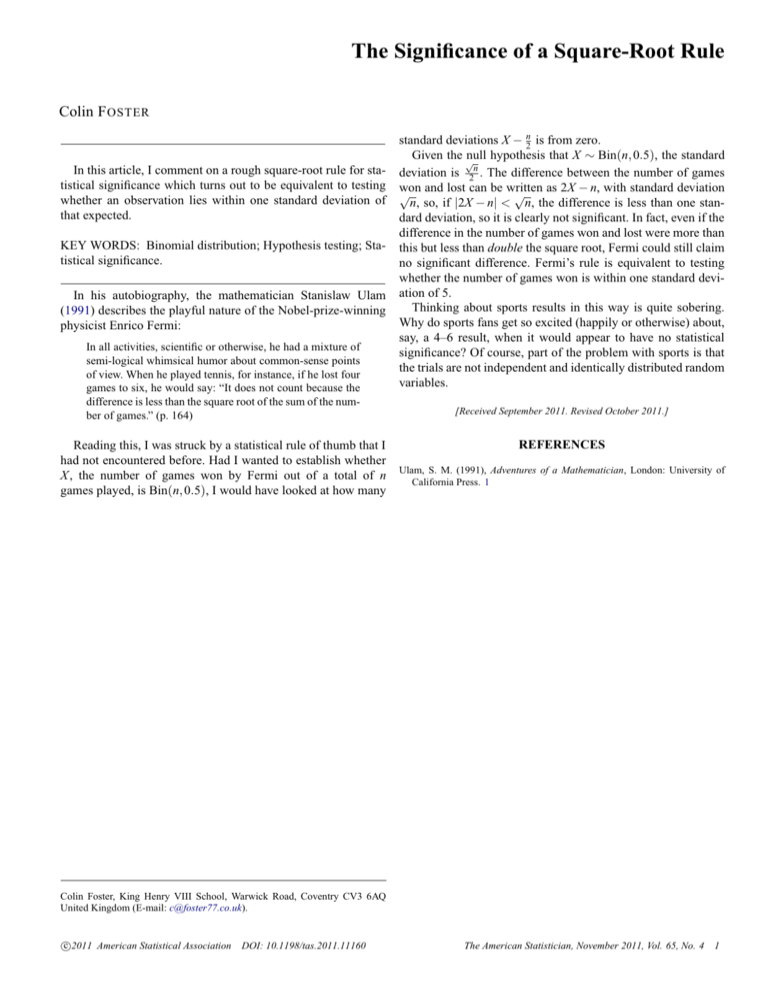
The Significance of a Square-Root Rule Colin F OSTER In this article, I comment on a rough square-root rule for statistical significance which turns out to be equivalent to testing whether an observation lies within one standard deviation of that expected. KEY WORDS: Binomial distribution; Hypothesis testing; Statistical significance. In his autobiography, the mathematician Stanislaw Ulam (1991) describes the playful nature of the Nobel-prize-winning physicist Enrico Fermi: In all activities, scientific or otherwise, he had a mixture of semi-logical whimsical humor about common-sense points of view. When he played tennis, for instance, if he lost four games to six, he would say: “It does not count because the difference is less than the square root of the sum of the number of games.” (p. 164) standard deviations X − n2 is from zero. Given the √ null hypothesis that X ∼ Bin(n, 0.5), the standard deviation is 2n . The difference between the number of games won and lost can be written as 2X − n, with standard deviation √ √ n, so, if |2X − n| < n, the difference is less than one standard deviation, so it is clearly not significant. In fact, even if the difference in the number of games won and lost were more than this but less than double the square root, Fermi could still claim no significant difference. Fermi’s rule is equivalent to testing whether the number of games won is within one standard deviation of 5. Thinking about sports results in this way is quite sobering. Why do sports fans get so excited (happily or otherwise) about, say, a 4–6 result, when it would appear to have no statistical significance? Of course, part of the problem with sports is that the trials are not independent and identically distributed random variables. [Received September 2011. Revised October 2011.] REFERENCES Reading this, I was struck by a statistical rule of thumb that I had not encountered before. Had I wanted to establish whether X, the number of games won by Fermi out of a total of n Ulam, S. M. (1991), Adventures of a Mathematician, London: University of California Press. 1 games played, is Bin(n, 0.5), I would have looked at how many Colin Foster, King Henry VIII School, Warwick Road, Coventry CV3 6AQ United Kingdom (E-mail: c@foster77.co.uk). c 2011 American Statistical Association DOI: 10.1198/tas.2011.11160 The American Statistician, November 2011, Vol. 65, No. 4 1






